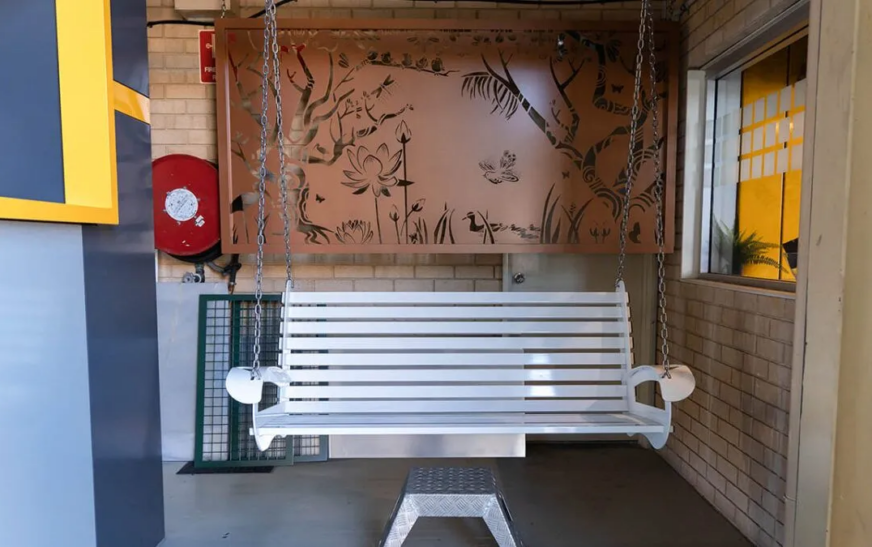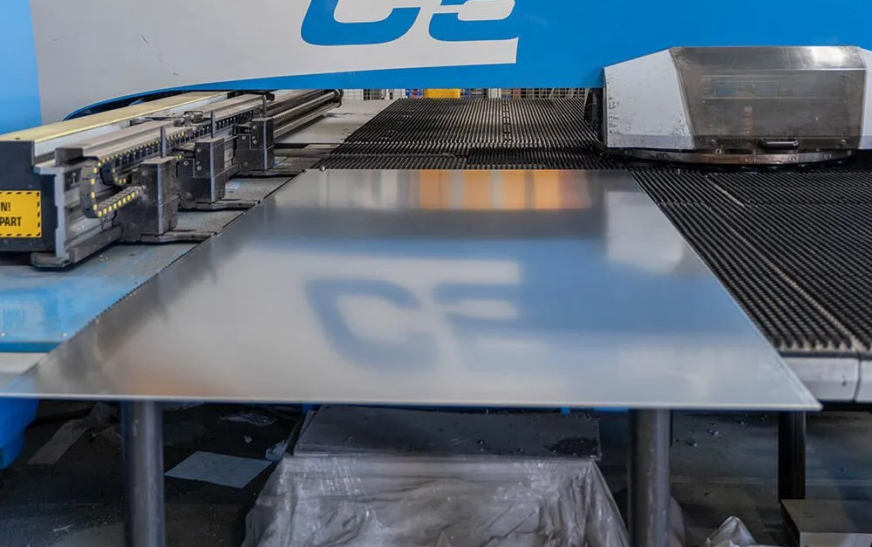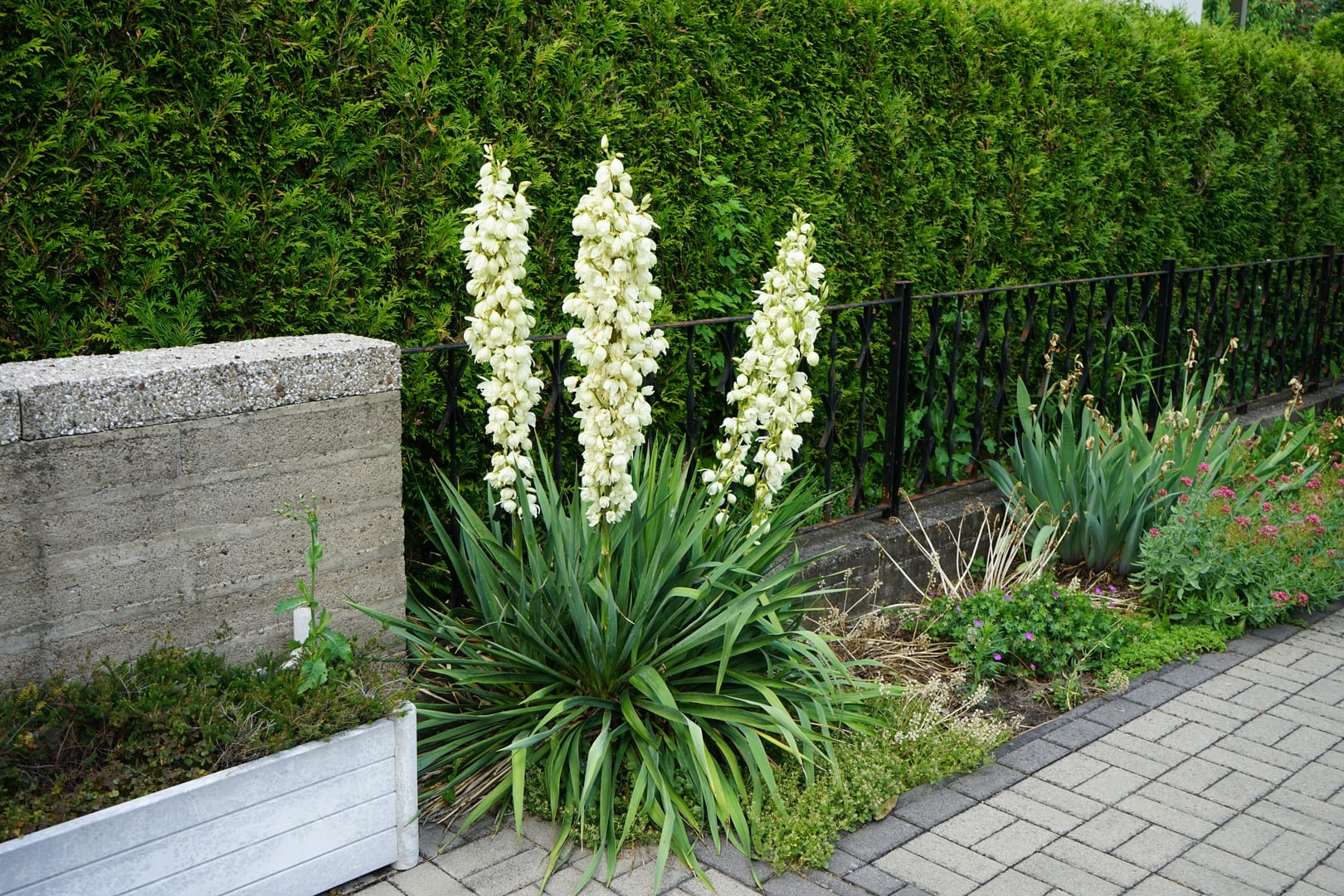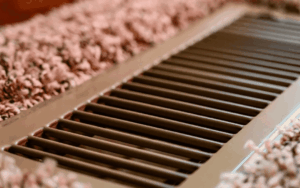Bare patches on your lawn aren’t just an eyesore; they can also lead to bigger problems if left untreated. Whether caused by heavy foot traffic, pests, or weather extremes, these patches can undermine your lawn’s health and overall appeal.
1. Enhance Your Lawn’s Appearance
A lush, green lawn is often the centrepiece of any outdoor space, enhancing curb appeal and creating a welcoming environment. Bare patches can disrupt this aesthetic, making your yard look neglected or unhealthy. Repairing these spots restores uniformity, giving your lawn a polished and well-maintained look.
For homes on the market, a tidy lawn can significantly boost first impressions, potentially increasing property value. Whether you’re selling or staying, a complete lawn is a worthwhile investment.
2. Prevent Weed Invasion
Bare patches provide an open invitation for weeds to take root and spread. Weeds are opportunistic and thrive in exposed soil, competing with your lawn for nutrients and water. By addressing bare spots quickly, you minimise the risk of weeds taking over, which can save you time and money on additional treatments.
Repairing these patches with healthy grass seed ensures your lawn remains thick and weed-resistant. A dense lawn naturally suppresses weeds, keeping your yard healthier overall.
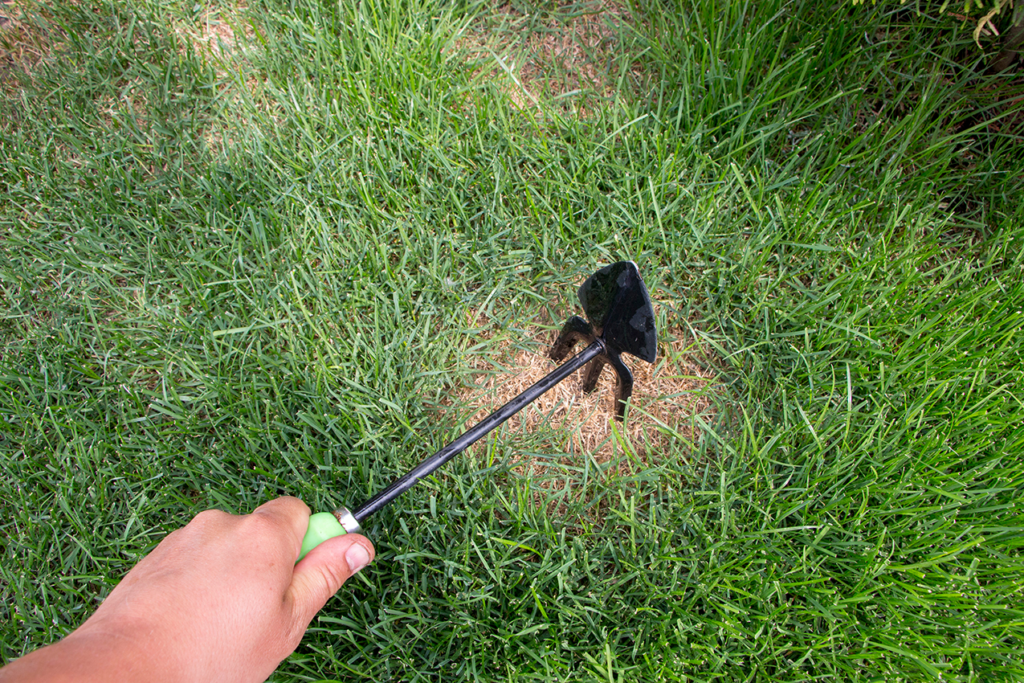
3. Protect Against Soil Erosion
Bare patches leave your lawn vulnerable to soil erosion, especially during heavy rain or strong winds. Without grass roots to hold the soil in place, erosion can lead to uneven ground, drainage issues, and even damage to nearby plants or structures.
Repairing bare spots strengthens your lawn’s ability to anchor the soil, reducing the risk of these problems. This step is particularly important for sloped lawns or areas prone to high rainfall.
4. Improve Lawn Health
A bare patch isn’t just an isolated issue—it’s often a symptom of a broader problem. Ignoring these spots can allow the underlying issue, such as poor soil quality or pest damage, to spread. Over time, this can weaken the surrounding grass and lead to more bare patches forming.
By repairing the damage, you’re also addressing potential root causes and giving your lawn the best chance to thrive. Healthy grass grows thicker, more vibrant, and better able to withstand future stressors.
5. Create a Safer Environment
Bare patches in your lawn can be hazardous, especially for children or pets. Uneven ground increases the risk of trips and falls, which can turn a fun outdoor space into a danger zone.
Repairing these areas smooths out the surface, making it safer for everyone to enjoy. It’s a simple fix that can prevent injuries and improve the usability of your outdoor space.
6. Boost Environmental Benefits
Lawns contribute to environmental health in several ways, from filtering rainwater to reducing heat in urban areas. However, bare patches can limit these benefits.
Healthy grass improves air quality by trapping dust and producing oxygen. It also acts as a natural water filter, helping to prevent runoff and maintain soil integrity. Repairing bare patches ensures your lawn can continue providing these important functions.
How to Repair Bare Patches in Your Lawn
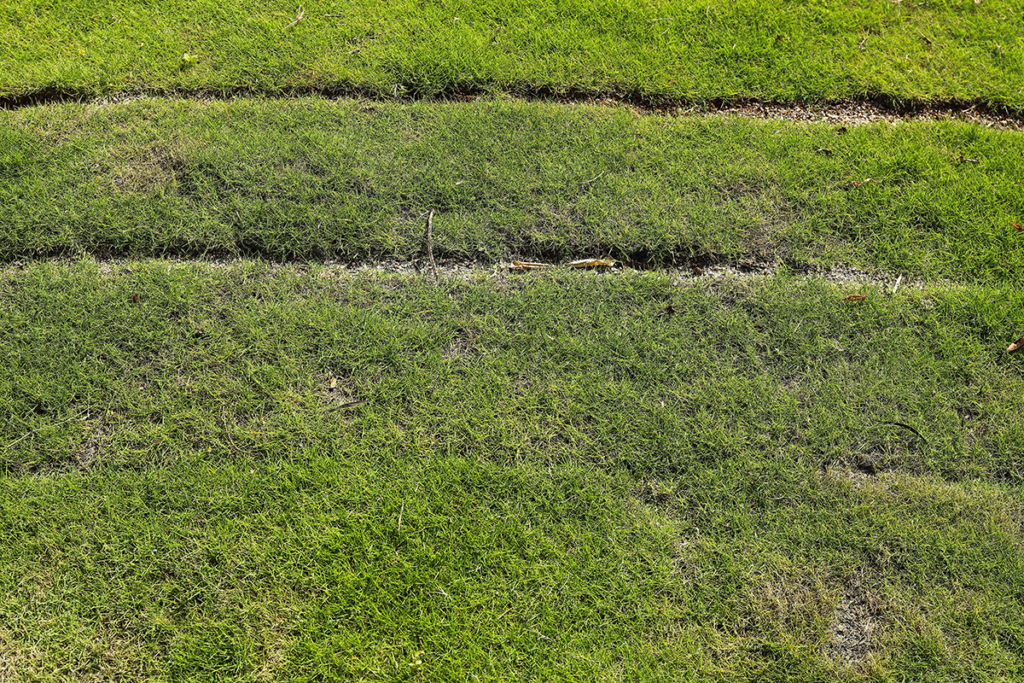
If you’re ready to tackle bare patches, the process is straightforward and rewarding. Here’s a step-by-step guide:
1. Prepare the Area
- Remove debris, dead grass, and weeds from the bare patch.
- Loosen the topsoil with a rake to improve seed-to-soil contact.
2. Test and Enrich the Soil
- Test your soil to ensure it has the right pH balance and nutrients.
- Add compost or lawn soil if necessary to create a healthy foundation.
3. Apply Grass Seed or Turf
- Choose a grass type that matches the rest of your lawn and suits your climate.
- Spread the seed evenly across the bare patch or lay turf for instant results.
4. Cover and Water
- Lightly cover the seed with a thin layer of soil or mulch to retain moisture.
- Water the area gently but thoroughly to kick-start germination.
5. Maintain and Monitor
- Keep the patch moist during the germination period.
- Avoid mowing the area until the grass is established.
When to Repair Bare Patches
Timing is key when it comes to lawn repair. The best seasons for this task are autumn and spring when temperatures are moderate, and rainfall is more consistent. These conditions provide an ideal environment for grass to grow and establish itself.
Avoid repairing during extreme heat or cold, as these conditions can stress young grass and hinder growth.
Preventing Bare Patches in the Future
Once you’ve repaired the bare patches, focus on prevention to keep your lawn in top shape:
- Aerate your lawn regularly to improve root health.
- Fertilise appropriately to ensure balanced nutrition.
- Manage foot traffic by adding pathways or redirecting movement.
- Stay vigilant for signs of pests or diseases, and address them promptly.
Conclusion: Repair for a Healthy, Resilient Lawn
Repairing bare patches in your lawn is more than just a cosmetic fix—it’s a proactive step towards maintaining a healthy, resilient yard. From preventing weeds and erosion to enhancing your home’s appeal, the benefits are undeniable.





